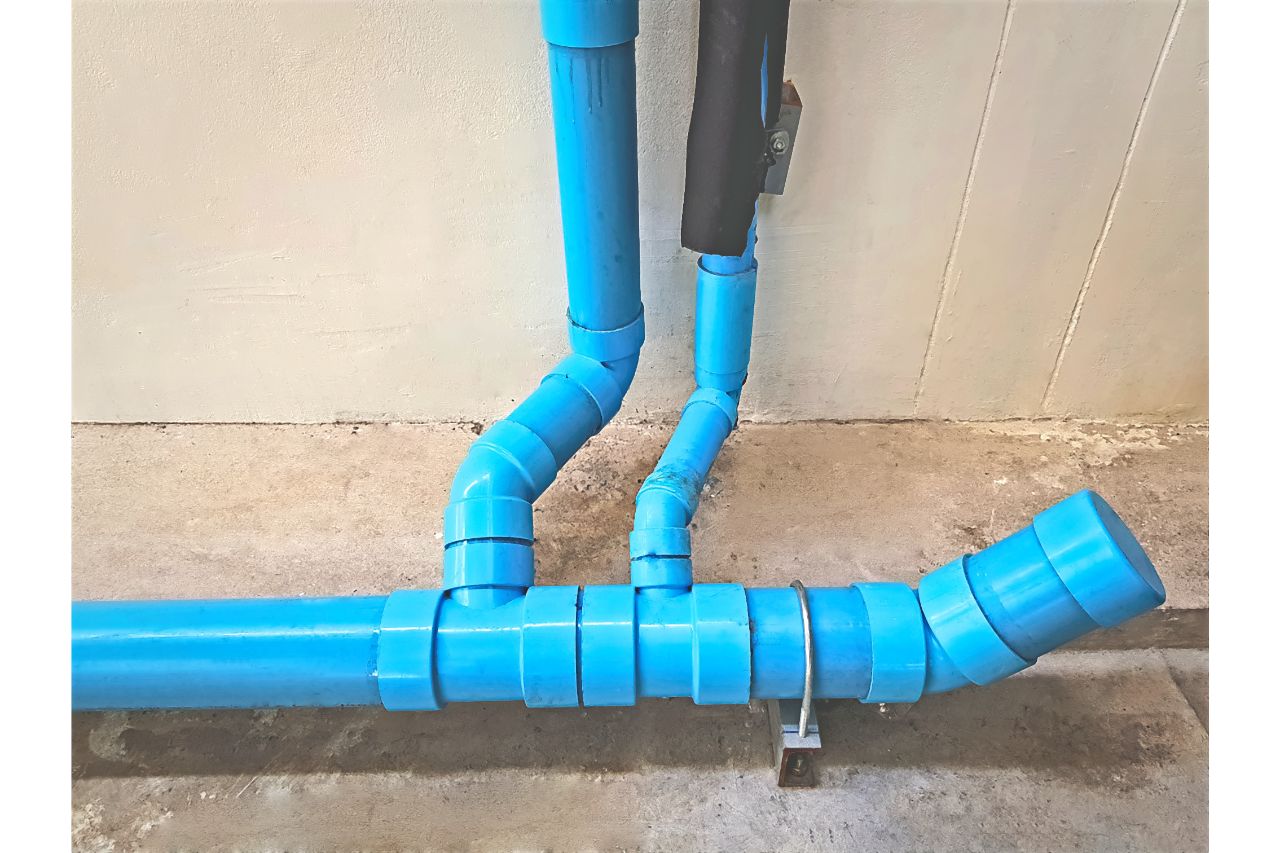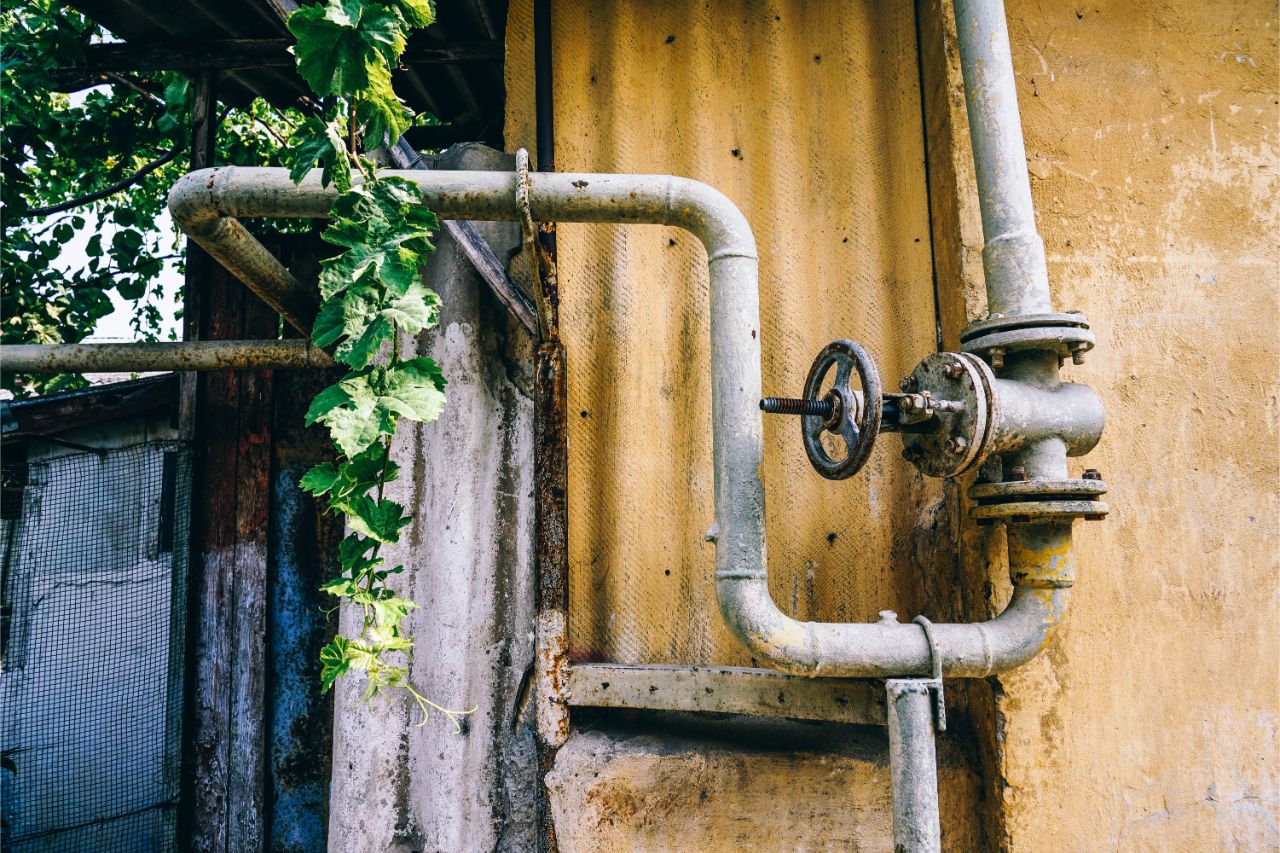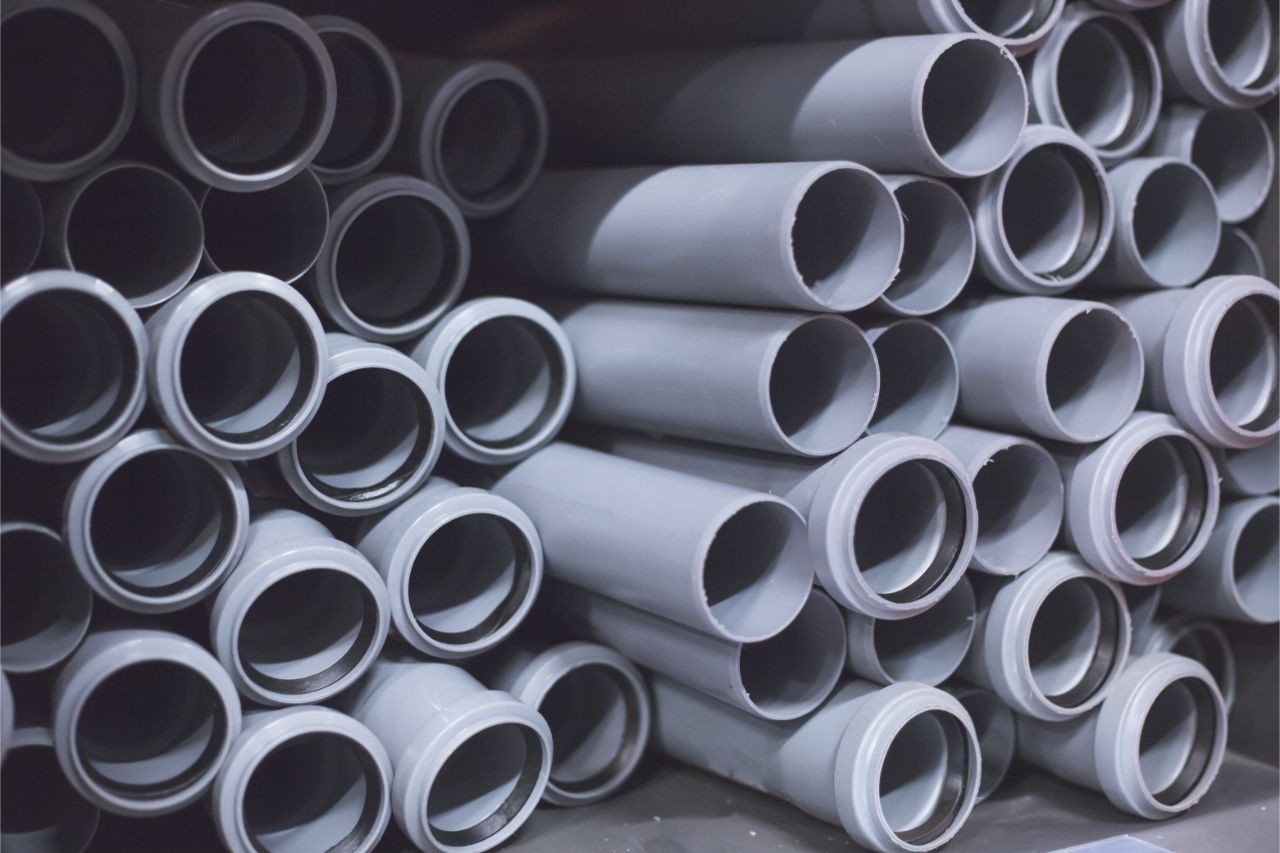
5 Common Materials Used for Water Supply Pipes
What are the common materials used for water supply pipes?
- Galvanized steel or iron
- Copper
- Polybutylene
- Unplasticized Polyvinylchloride (PVC)
- Polyethylene
Many houses have pipe systems that carry potable water, separate from the drain pipes that are mainly used for discarded water. It isn’t uncommon for homes to have different sets of pipes anymore, but have you ever thought about how safe the water you’re using is? Chances are, you’re not very familiar with materials for water supply pipes. These pipes are responsible for bringing your water to you, and learning about them could save you from making some plumbing mistakes.
Nowadays, pipes are made from a range of materials, generally classified as metallic and non-metallic. Plumbers and builders try to use the best type of material possible — something both durable and safe. This is to ensure that it lasts a long time and won’t harm whoever lives in the house. To learn more about the common water supply pipe materials, keep reading!
Galvanized steel or iron
For a long time, galvanized steel or iron pipes were the standards for carrying potable water and wastewater. Its zinc coating gave it the ability to resist corrosion, and it became an ideal choice for both commercial uses and households.
However, so much time and effort always went into the cutting, threading, and installation of galvanized pipes. Because of how much labor and time is needed, they are now slowly being replaced by pipes that are easier to manage in households.
This doesn’t mean that galvanized steel or iron pipes are no longer effective. They are still the most durable and long-lasting type of pipe out there, with a functional lifespan of over 40-50 years.
Galvanized pipes are still considered the best option for commercial and industrial settings, where they can afford the costs. Even most fire departments often use galvanized pipes to safely transport water. If you live in an old house, it could still be equipped with galvanized pipes, so make sure that you upgrade it when it’s almost 40-50 years old. But if you’re looking for water supply pipes for your company, galvanized steel or iron is the way to go.
Copper

Copper tubing is both thinner and lighter than galvanized steel pipes. It gives the pipes some flexibility — it can even be curved in the hands of a skilled worker! Compared to galvanized steel, however, copper tubing is more vulnerable to corrosion and you must be careful not to let it be in contact with dissimilar metals.
Copper is often used for hot and cold water applications. Sometimes, it can even be used for HVAC systems. But proper insulation is needed for copper tubing as it can have some heat loss in the process. Also, water should not flow faster than 3 meters per second in copper, or else the piping itself might erode. It has its merits, but copper is best used only in specific instances where light and flexible metal tubing is needed.
Polybutylene
There was a time when polybutylene pipe seemed to be an ideal piping material for a water supply. It was inexpensive and relatively easy to install, especially in comparison to galvanized pipes. It can even be used to convey both hot and cold water in households. Some industrialized countries continue using polybutylene pipes, but others have gone as far as imposing a ban on their use.
The pipes are exposed to chlorine in the water supply and oxidation occurs as well. As a result, the pipes start to swell and crack, then quickly turn into leaks. It has also caused water damage in many homes in the U.S. When using polybutylene pipes, make sure to avoid putting them under excessive pressures and temperatures as it can be detrimental to the material.
Unplasticized Polyvinylchloride (PVC)

If installed with the right solvent cement jointing, PVC pipes can be considered a lighter and more versatile version of galvanized pipes. You’ll be able to find PVC pipes in almost anywhere that needs a piping system. Although they don’t have the same corrosion problems that galvanized steel has, they are physically weaker and can easily be damaged. This is why you shouldn’t place PVC pipes aboveground as exposure to UV light makes them more brittle. With this, it becomes more obvious why galvanized steel is still better to use in commercial and industrial applications than PVC pipes.
Polyethylene (PEX)
Another non-metallic pipe material is polyethylene. It is commonly applied as cross-linked polyethylene or PEX and its main application is for hot and cold water distribution. It’s a low-cost material that’s more durable and flexible than copper, and it needs fewer fittings as it can bend around corners. If you want to install a hydronic heating system in your home, then PEX might be best for that.
Key takeaway
These common materials used for water supply pipes, if installed and used properly, are safe to use for potable water. To choose which material is best for you, you have to know its uses and pros and cons. Just re-read this article and you’ll be all set!
If high-quality pipes are what you’re looking for, you’re already in the right place! We at Supreme Pipe offer only the best steel pipes in the country, with our products constantly improving through technological innovations. Feel free to check out our products here, or contact us for any inquiries!


